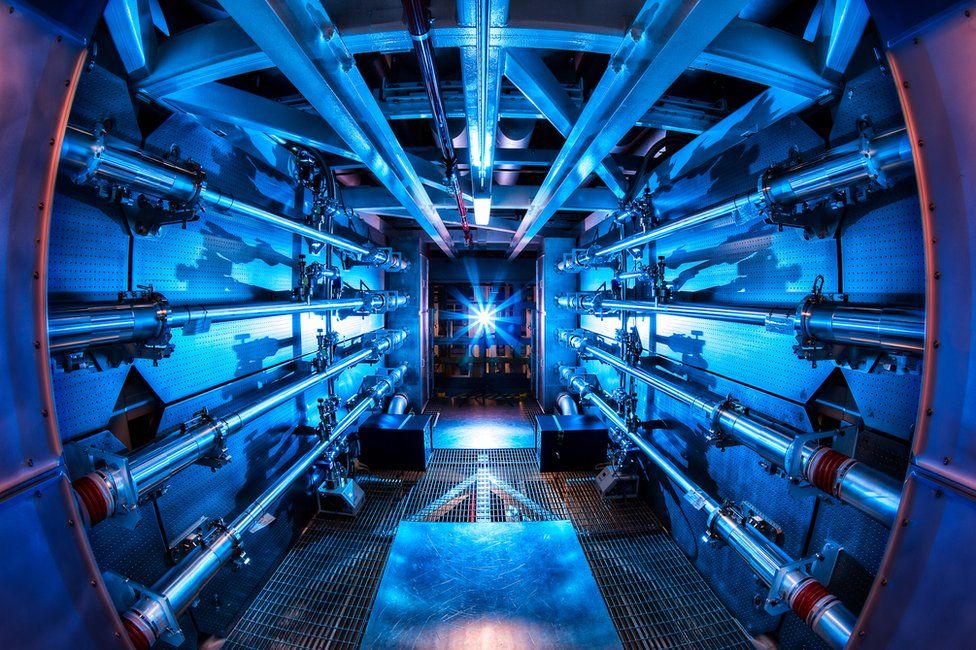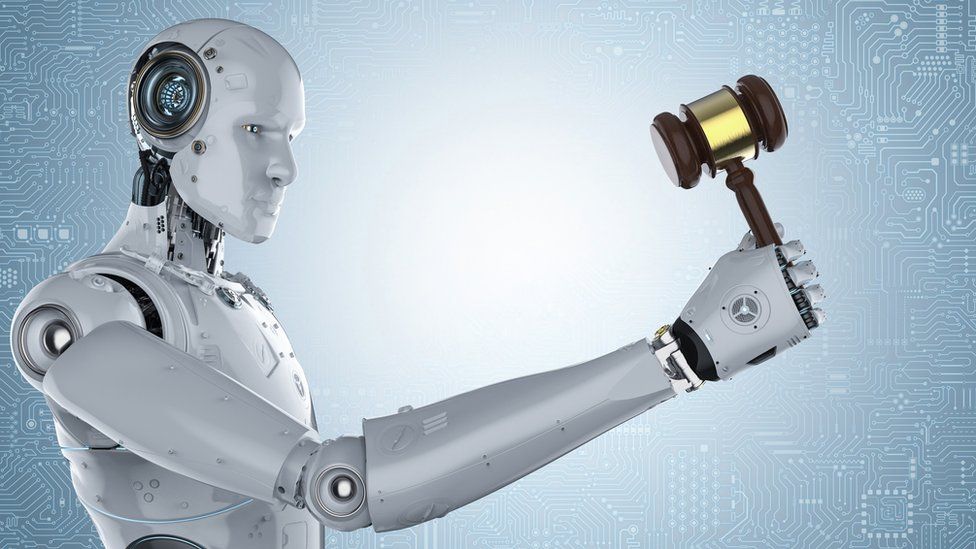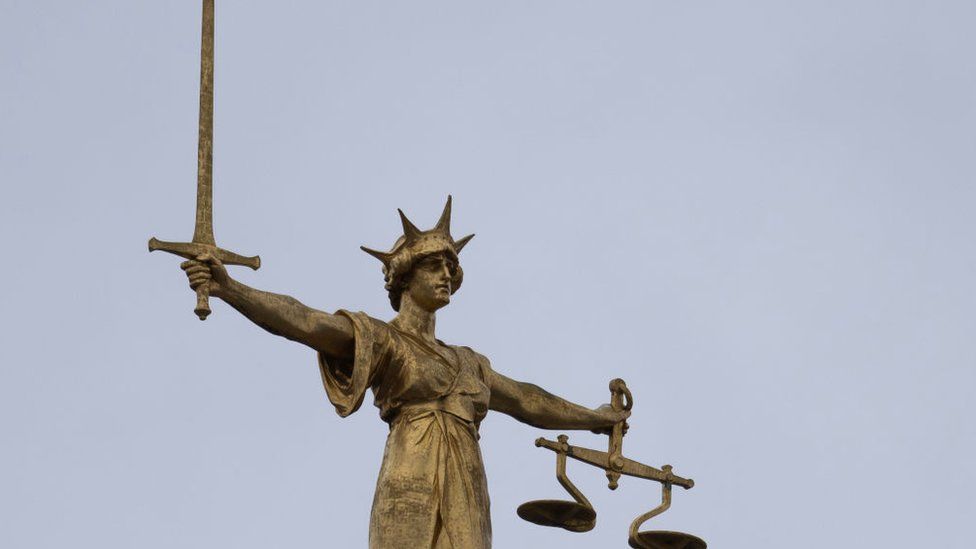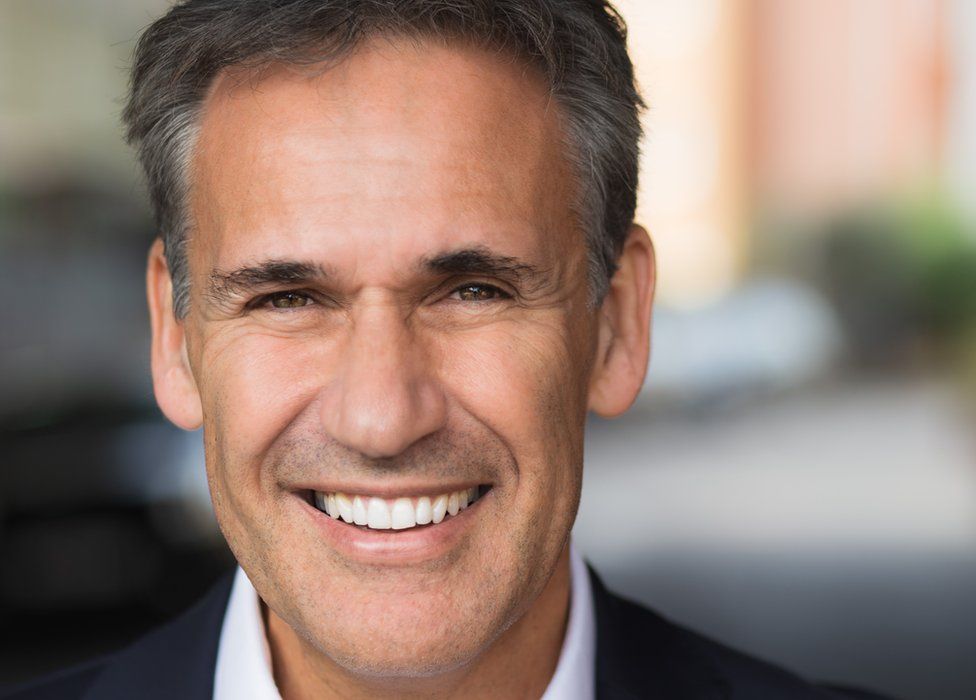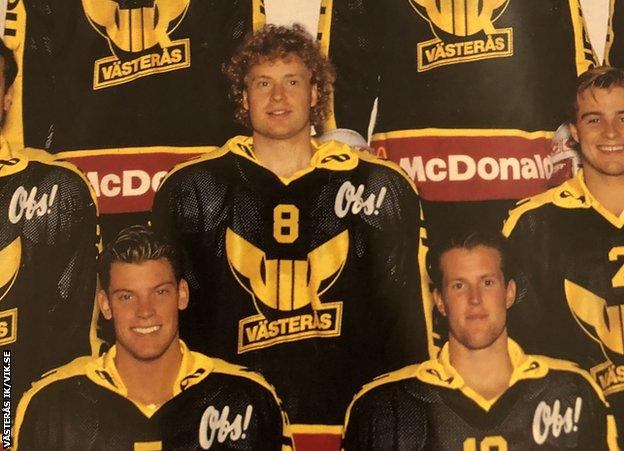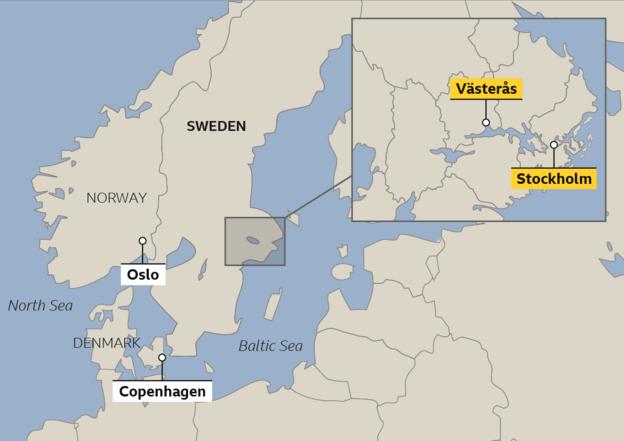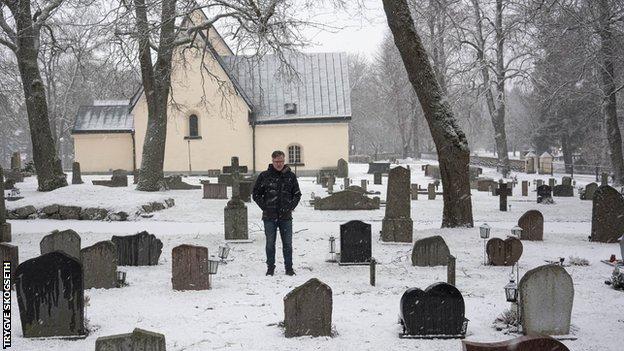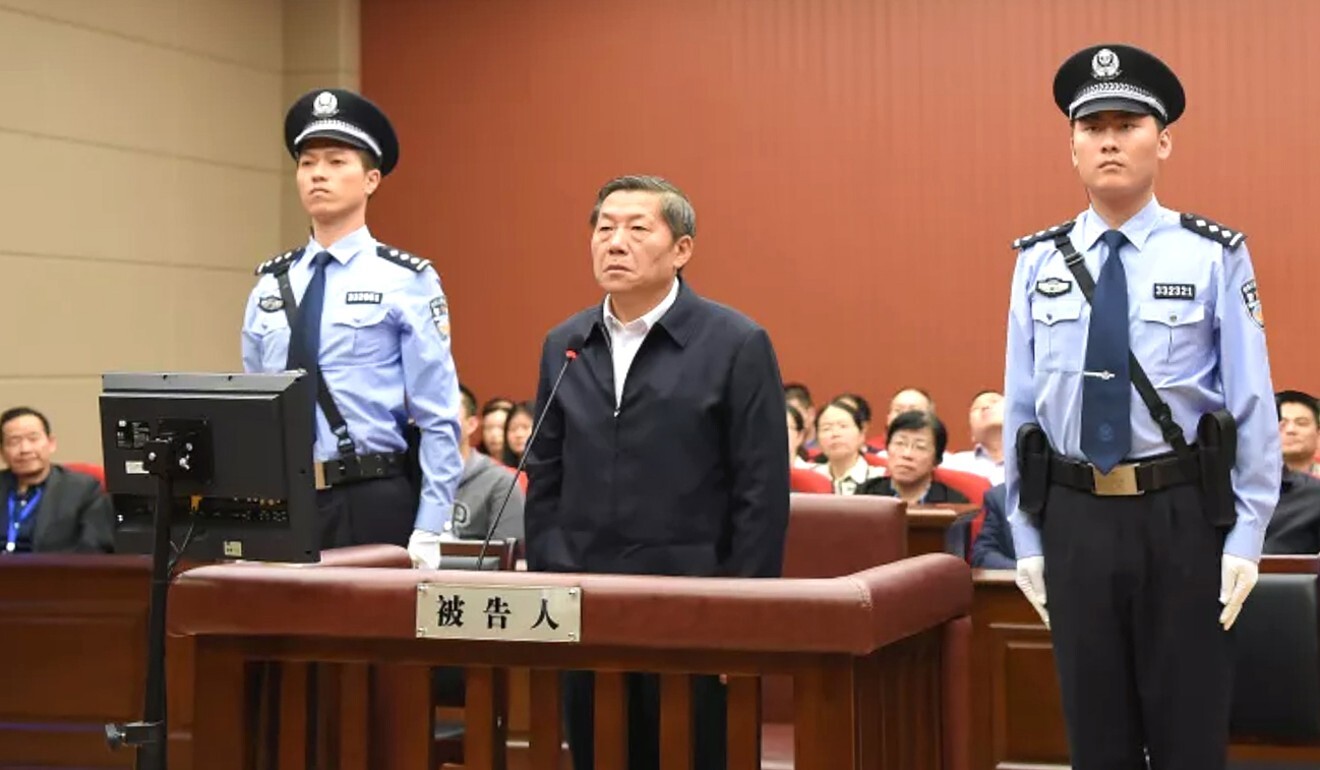The land tortoises, or nanhsiungchelyids, were the largest such creatures during the Cretaceous period with the fossilized egg dating back 75 to 90 million years
Author of the article: Bill Kaufmann
Publishing date: Aug 17, 2021 •

They were giant turtles hunted by dinosaurs, but the lack of any embryo evidence limited our knowledge of them.
That changed in 2018 when a farmer in the central Chinese province of Henan discovered an egg between the size of a golf and tennis ball, and figured it should be analyzed by scientists.
Chinese researchers called on University of Calgary paleontologist Darla Zelenitsky and former Royal Tyrrell Museum researcher Dr. Don Brinkman to help determine the find’s significance.
“This is the first time a turtle embryo has been identified to belong to a specific type of turtle,” said Zelenitsky.
“They don’t usually have embryos encased in them.”
CT scans developed 3-D models of the egg’s contents — the skeleton of a baby turtle that would likely have grown to have a shell 1.6 metres in length.
The land tortoises, or nanhsiungchelyids, were the largest such creatures during the Cretaceous period, with the fossilized egg dating back 75 to 90 million years.
“These were giant, land-dwelling turtles that lived alongside the dinosaurs,” said Zelenitsky.
“The surprising part of this study was the size of these turtles.”
The tortoises also vanished with the dinosaurs, she noted.
But they managed to migrate from Asia to North America, though their cousins in places like Alberta seemed to have been smaller, said the paleontologist.
And discoveries of the significance of the ones made in China haven’t been replicated in Canada, said Zelenitsky, whose work along with that of Brinkman’s and Chinese researchers will be published next week in the Royal Society Journal.
“They lived in Alberta, too, but we just haven’t found those eggs yet,” she said, adding ancient turtle eggs have been unearthed in the Milk River area.
The find supplies a better glimpse of how the tortoises nested and reproduced — and how they might have survived the unwanted attention of hungry dinosaurs who would have been deterred by the turtles’ hard shell.
Their eggs wouldn’t have been easy to crack, with hard shells that were 1.88 mm thick and laid in considerable profusion — 15 to 30 at a time.
“But eggs and hatchlings were the worst off for predation,” said Zelenitsky.
Perhaps just as noteworthy as anything from the discovery is spreading awareness of the diversity of life that existed at that time on earth, said Zelenitsky.
“We’ve always known of dinosaurs as creatures living during the Cretaceous, but not many people know there were turtles as well,” she said.
By Laura Geggel - Editor
The eggshell was incredibly thick.

An illustration of the Cretaceous period turtle (Yuchelys nanyangensis) hatching from its tennis ball-size egg. (Image credit: Masato Hattori)
About 90 million years ago, a giant turtle in what is now central China laid a clutch of tennis ball-size eggs with extremely thick eggshells. One egg never hatched, and it remained undisturbed for tens of millions of years, preserving the delicate bones of the embryonic turtle within it.
In 2018, a farmer discovered the egg and donated it to a university. Now, a new analysis of this egg and its rare embryo marks the first time that scientists have been able to identify the species of a dinosaur-age embryonic turtle.
This specimen also sheds light on why its species, the terrestrial turtle Yuchelys nanyangensis, went extinct 66 million years ago at the end of the Cretaceous period, when the dinosaur-killing asteroid struck Earth. The thick eggshell allowed water to penetrate through, so clutches of eggs were likely buried in nests deep underground in moist soil to keep them from drying out in the arid environment of central China during the late Cretaceous, the researchers said.
While these turtles' unique terrestrial lifestyle, thick eggs and underground nesting strategy may have served them well during the Cretaceous, it's possible that these specialized turtles couldn't adapt to the cooler "climatic and environmental changes following the end-Cretaceous mass extinction," study co-researcher Darla Zelenitsky, an associate professor of paleobiology at the University of Calgary in Canada, told Live Science.
Egg-cellent discovery
The farmer discovered the egg in Henan province, a region famous for the thousands of dinosaur eggs people have found there over the past 30 years, Zelenitsky said. But in comparison with dinosaur eggs, turtle eggs — especially those with preserved embryos — rarely fossilize because they're so small and fragile, she said.
The Y. nanyangensis egg, however, persisted because it's a tank of an egg.
At 2.1 by 2.3 inches (5.4 by 5.9 centimeters) in size, the nearly spherical egg is just a bit smaller than a tennis ball. That's larger than the eggs of most living turtles, and just a tad smaller than the eggs of Galápagos tortoises, Zelenitsky said.
The eggshell's 0.07 inch (1.8 millimeters) thickness is also remarkable. To put that in perspective, that's four times thicker than a Galápagos tortoise eggshell, and six times thicker than a chicken eggshell, which has an average thickness of 0.01 inch (0.3 mm). Larger eggs tend to be thicker, like the 0.08-inch-thick (2 mm) ostrich eggshell, but "this egg is much smaller than an ostrich egg," which average about 6 inches (15 cm) in length, Zelenitsky said.
An equation that uses egg size to predict the length of the carapace, or the top part of the turtle's shell, revealed that this thick egg was likely laid by a turtle with a 5.3-foot-long (1.6 meters) carapace, the researchers found. That measurement doesn't include the length of the neck or head, so the mother turtle was easily as long as some humans are tall.

An illustration of the turtle as a hatchling. (Image credit: Masato Hattori)

An illustration of what the turtle might have looked like after hatching. (Image credit: Masato Hattori)

Different views of what the turtle hatchling might have looked like. (Image credit: Masato Hattori)
Doomed egg
The researchers used a micro-CT scan to create virtual 3D images of the egg and its embryo. By comparing these images with a distantly related living turtle species, it appears that the embryo was nearly 85% developed, the researchers found.
Part of the eggshell is broken, Zelenitsky noted, so "maybe it tried to hatch," but failed. Apparently, it wasn't the only embryonic turtle that didn't make it; two previously discovered thick-shelled egg clutches from Henan province that date to the Cretaceous — one with 30 eggs and another with 15 eggs — likely also belong to this turtle's now-extinct family, known as Nanhsiungchelyid, the researchers said.
Turtles in this family — relatives of today's river turtles — were very flat and evolved to live entirely on land, which was unique during that time, Zelenitsky said.
The study of the newfound egg is special for its virtual 3D analysis of the embryo, which helped lead to its species diagnosis, said Walter Joyce, a professor of paleontology at the University of Fribourg in Switzerland, who was not involved in the study. Furthermore, this study offers evidence that Nanhsiungchelyid turtles were "adapted to living in harsh, terrestrial environments, but laid their large, thick-shelled eggs in covered nests in moist soil," Joyce told Live Science in an email.
The study will be published online Wednesday (Aug. 18) in the journal Proceedings of the Royal Society B: Biological Sciences.





